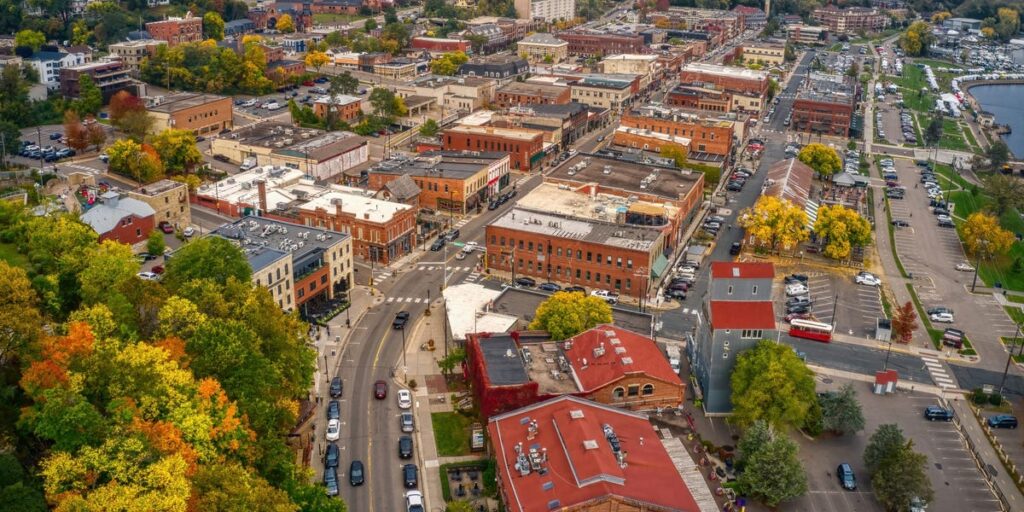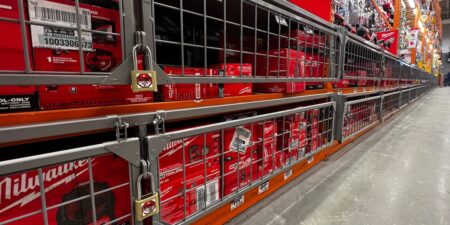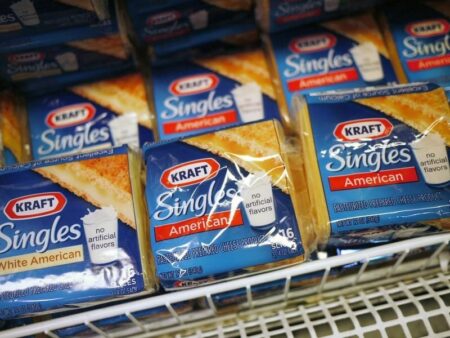- Melinda Binkley, 56, struggles to afford basics but earns ‘too much’ for assistance, she said.
- Binkley is part of a growing group who live above the poverty live but can’t afford necessities.
- The federal poverty line doesn’t account for cost-of-living differences, leaving many without help.
Melinda Binkley, 56, has tried to apply for safety net programs before — like SNAP — but she’s told her household makes too much money, usually by less than $100.
“I go through all that legwork, and I get everything that’s on the application,” Binkley said.”Then, within days, they are either emailing me or calling saying ‘you’re too high’… I feel like it wastes my time.”
Binkley lives in Stillwater, Minnesota and said she receives around $1,499 a month in Supplemental Security Income benefits, according to documents reviewed by Business Insider. She doesn’t currently work due to medical reasons, but has in the past. BI verified that her husband brings home about $1,200 every two weeks from his job at a medical supply company, but Binkley said his income varies because he has health issues and can’t always work a full-time schedule.
The couple is part of a growing number of Americans who live above the federal poverty line but struggle to afford basic necessities. The poverty line isn’t adjusted to reflect cost-of-living differences in individual cities or states and is set at $20,440 a year for a family of two.
About 29% of US households are now ALICEs — people who are asset-limited, income-constrained, and employed. This compares to 13% of Americans who live below the federal poverty level, according to the Census Bureau’s American Community Survey data and cost-of-living estimates analyzed by United Way’s United For ALICE program.
“There is nothing in between that allows people to get assistance or help of any sort,” Binkley said, referring to the gap between the poverty line and middle class. “We always tend to fall right in that part of the economy.”
Binkley hopes to move one day
Primarily, Binkley said she struggles with her rent and utility bills. She has worked out a deal with her landlord where she can make different payments for rent whenever she and her husband have the funds, but she worries that they might face eviction if they fall any further behind, she said.
Binkley said extreme temperatures in Minnesota and limited insulation in her home also mean she can pay almost $5,000 dollars anually in electricity bills to keep the heat on.
For food, Binkley said she is especially thankful for her local food pantries, where she often goes to pick up canned goods. However, she said there used to be more food pantry options available during the pandemic when “everybody was having issues.”
Binkley added that she can afford to go to the grocery store sometimes, but only for basic, perishable goods like milk and bread.
Although Binkley is enrolled in Medicare and her husband gets a basic healthcare plan through work, she estimates they pay at least $350 a month out-of-pocket for medications — and it’s often more.
“My husband will go without his meds, especially the more expensive ones,” she said. “He will go without to make sure that I have mine, and I don’t like that.”
Binkley hopes she can leave Minnesota soon for Idaho. Her sister, whom she says is her biggest supporter, lives there and Binkley wants to be closer.
She’s slowly trying to prepare herself and her husband for the move by sorting through their belongings and trying to stabilize finances. In the meantime, she’s doing her best to “make ends meet.”
“That is one thing that keeps driving me to make my payments, get things caught up, and set a little bit aside each week or each month, Binkley said. “Being able to use a big UHaul and finally get out of here.”
Are you making above the poverty line but still struggling to afford daily life? Reach out to this reporter at allisonkelly@insider.com.
Read the full article here















